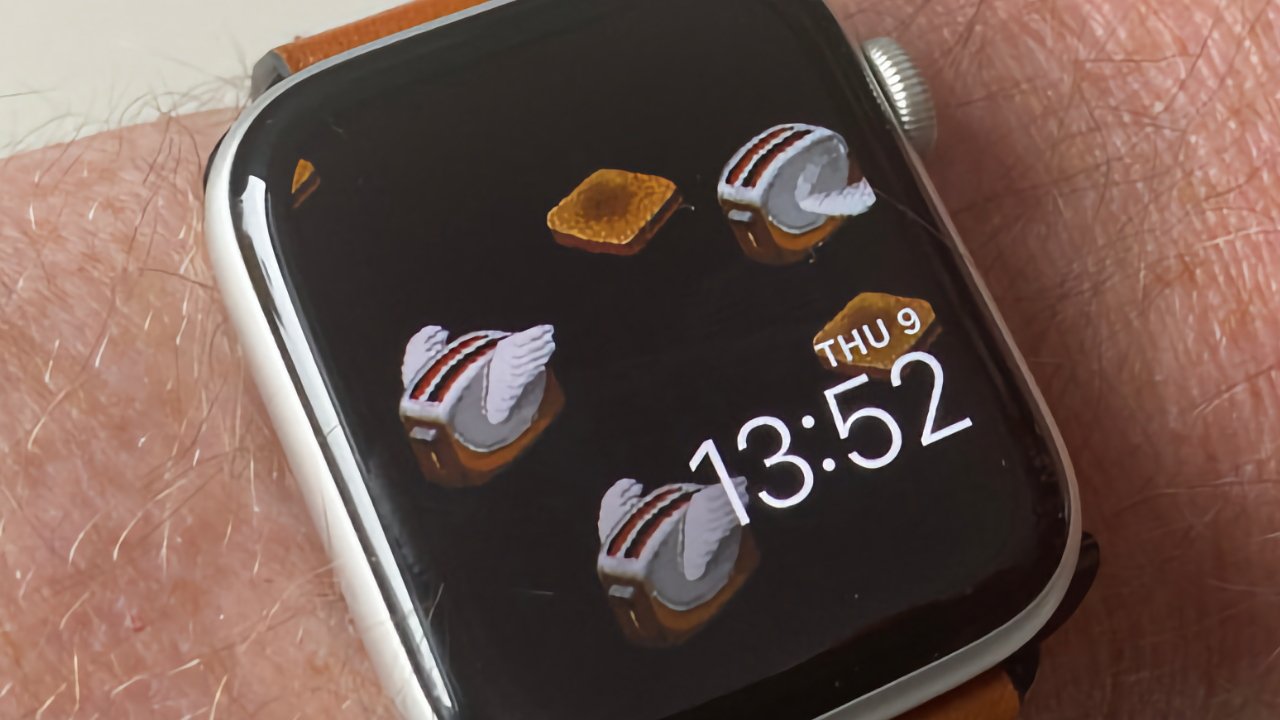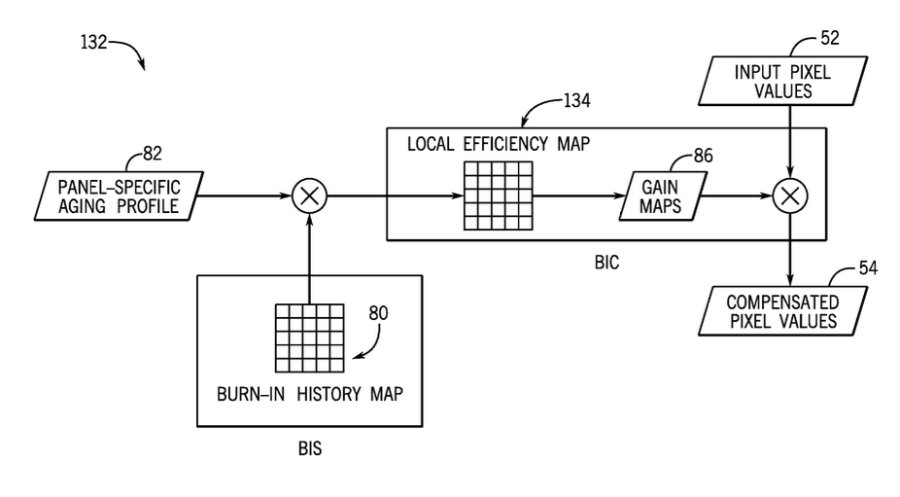Apple inventing tech to make iPhone & Apple Watch screens last longer
With the increased use of OLED screens, the old issue of burn-in is back -- but Apple has a plan for compensating for that damage to iPhone and Apple Watch displays.

Screen savers only exist because they used to have to save your screen. Right from the earliest days of computing, burn-in happened if a monitor was left on showing the same thing, or very often returned to that same thing.
It meant there would always be a kind of ghostly image visible on the display, regardless of whether the screen was now showing something else. It was generally permanent, which meant monitors ultimately being scrapped.
That issue lessened after CRT displays went away, or at least vanished enough that screen savers became simply diversions instead of tools. But a similar issue affects OLED screens and now Apple has been granted a patent regarding a method to compensate for the damage.
The proposals in "Reference Pixel Stressing For Burn-In Compensation Systems And Methods," would ultimately lead to an iPhone, Apple Watch, or other OLED device, determining that there was burn-in damage, and then changing what it displays on the screen. Where burn-in means a section of a display is duller than the rest, the iPhone could adjust the screen output so that same section is told to be brighter than the rest.
"As electronic displays gain increasingly higher resolutions and dynamic ranges, they may also become increasingly more susceptible to image display artifacts due to pixel burn-in," says Apple. "This disclosure relates to identifying and compensating for burn-in and/or aging arti- facts on an electronic display."
Apple suggests reducing the problem by use of statistics concerning display usage, and what it calls a series of "reference pixels."
"An electronic device may include an electronic display including display pixels to display an image based on compensated image data," says the patent. "The electronic display may also include a stressed reference pixel to exhibit burn-in related aging in response to one or more stress sessions and a non-stressed reference pixel configured to not undergo the one or more stress sessions."

Detail from the patent showing a system for comparing a display to previous statistics
"For example, if certain pixels are used more frequently than others, or used in situations that are more likely cause undue aging, such as high temperature environments, those pixels may exhibit more aging than other pixels," continues Apple. "As a result, those pixels may gradually emit less light when given the same driving current or voltage values, effectively becoming darker than other pixels when given a signal for the same brightness level."
So the job is to recognize, or perhaps just predict, when a pixel or a range of pixels are going to suffer burn-in -- and then do something about it.
Apple does talk about measuring "the luminance output of the reference pixels via a luminance sensor (e.g., photo diode, photoresistor, etc.)." However, rather than use some external measuring tool, most of the patent concerns electing certain pixels to be reference ones.
The iPhone, or other device, knows what it is sending to the display, so "circuitry and/or software may monitor or model a burn-in effect that would be likely to occur in the electronic display as a result of the image data that is sent to the electronic display."
In other words, the iPhone could keep track of what is being sent to the display -- and also use "statistics surrounding the utilization of the pixels of the electronic display and/or environmental conditions (e.g., temperature) during operation of the pixels." The iPhone could compare its usage against previous analysis, and be able to determine whether it is likely that a specific pixel will experience degredation.
Conceivably, then, once that prediction is made, the iPhone could compensate by reducing the luminance of pixels in that region -- or boosting them to match the unaffected and so therefore brighter, pixels around them.
As ever, patents are concerned with how to implement a technology, rather than specifically about the use of a given solution. So the patent text does not mention examples, but once the device concludes a region is susceptible to burn-in, there are other steps it could take.
The iPhone could change the positioning of elements on the screen, for instance. Or it could just simply warn the user that they need to buy Flying Toasters for Apple Watch.
This proposed technology is credited to 14 inventors, which is an unusually high number for an Apple patent. It's also clearly quite the priority for the company, as this is not the first time it's investigated solutions to the issue.
In 2020, it applied for a patent that was more specifically about the Apple Watch.
Read on AppleInsider

Comments
wonder if it still works properly in Ventura